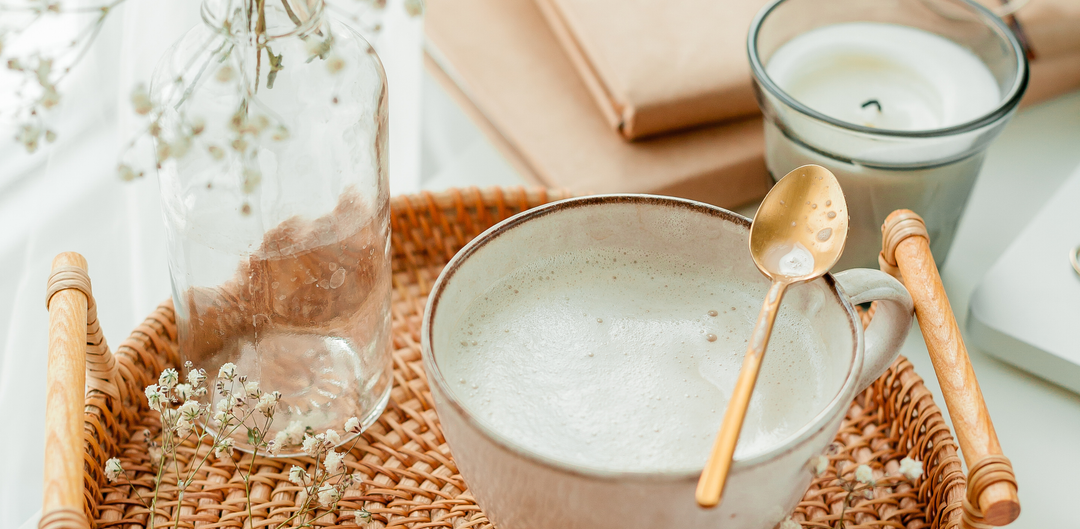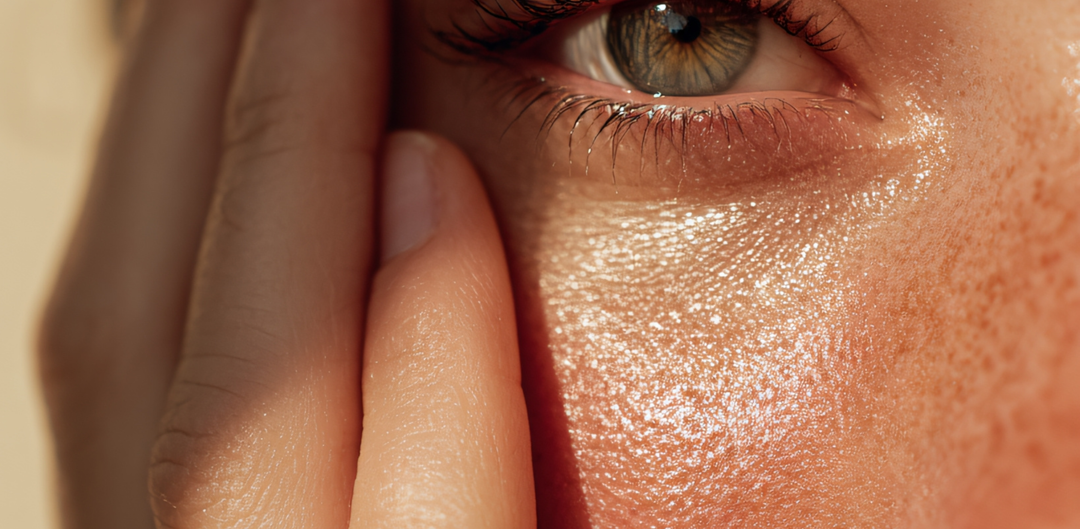If you’ve spent any time on SkinTok lately, chances are you’ve seen skin flooding pop up on your feed. It’s the latest in a long list of hydration-focused trends, promising glassy, plump skin with just one extra step in your routine. Always curious (and a little skincare obsessed), I decided to give it a try.
Skin flooding is all about layering hydration onto damp skin right after cleansing. The idea is that by “flooding” your skin with moisture before applying actives, you can allegedly create the perfect base for your serums and moisturisers to absorb more effectively.
To keep things in line with my existing routine and values, I chose to flood using our H&Z Hydrating Gel Toner. While many people opt for water-like essences, I love the lightweight gel texture of this toner and it mimicked the juicy, hydrated finish I’d seen in countless TikTok videos.
Days 1–2: Dewy and Impressed
After cleansing, I applied a generous layer of the Hydrating Gel Toner and followed immediately with serum and moisturiser, there was to be no drying time in between. Straight away, my skin looked incredibly dewy. It had that “glassy” effect that’s hard to fake, and my makeup applied beautifully on top. I felt like this lasted majority of the day, and wasn't impacted by powder or setting spray.
The only downside? A slight stickiness as the products settled. It wasn’t uncomfortable, but it did mean allowing a few extra minutes before continuing with SPF or makeup. Additionally, I did notice on day 2 that my makeup was melting off a little bit around 3pm. While I could put this down to me not setting my makeup correctly, this is not a problem that I usually had so early into the afternoon.
Days 3–4: That Sticky Feeling
At this point, I noticed that layering products on damp skin was starting to feel slightly tacky. Not heavy, but sticky enough to slow down my routine. Even though the toner is a very lightweight formula, applying multiple products in quick succession onto what was essentially wet skin, created a surface that needed a bit of time to settle before I could move on.
This wasn’t a dealbreaker, but it did mean adjusting my morning timing and giving my skin some breathing room before SPF.
Days 5–6: Slight Fatigue Kicks In
While I still loved how radiant my skin looked throughout the day, the process was beginning to feel repetitive. Sitting down each night to thoroughly flood my skin started to feel like a chore. I also noticed that applying product directly onto wet skin occasionally created a temporary white cast. Similar to what moisturising straight out of the shower would give you. It disappeared after a few minutes, but it did interrupt the flow of my routine or give me a wee jumpscare in the evening.
Day 7: Switching to Mornings Only
For the final day, I switched to using the flooding technique in the morning only. While some people flood at night for maximum overnight hydration (much like slugging), I found the glow I got from flooding was best used as a base for makeup. It gave me that “lit-from-within” look that I usually struggle to achieve with makeup alone.
One thing I did wonder about was how this technique might impact the performance of my other skincare products. While some TikTok users claim it enhances absorption, I wasn't sure whether applying serums on wet skin could compromise their effectiveness. Without long-term research or dermatologist-backed insight, I wasn’t completely confident. Note: My products are natural, and I was not concerned about them damaging my skin, only whether I would be impacting their efficacy. If you use actives like retinol, please take a look at the directions to see whether skin flooding prior will be suitable.
Final Thoughts
Skin flooding was a fun experiment that delivered on its glow factor. The hydrated, radiant finish was undeniable, especially when used in the morning before makeup. But the stickiness, and the extra time needed to let everything settle, meant it didn’t quite earn a permanent place in my daily routine.
That said, skincare is highly personal. What works for one person might not work for another. If you’re curious, I recommend trying it on your own terms, whether that be every morning and night, or just when your skin feels like it needs an added boost.
A quick note: If you’re planning to use actives like retinol, AHAs, or BHAs as part of your routine, double-check whether they’re safe to apply on wet skin. When in doubt, consult a skincare professional or dermatologist.
- Charlotte





